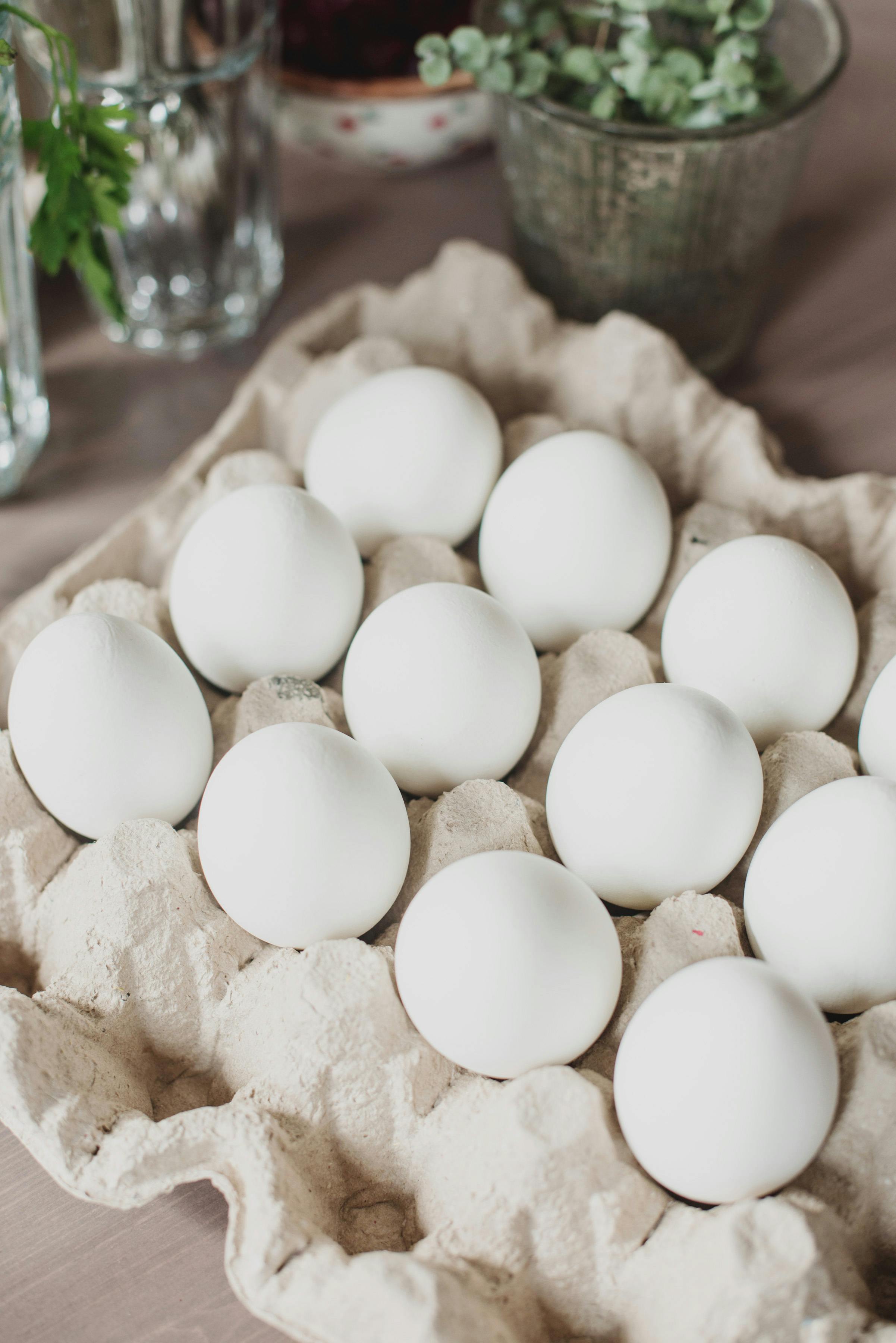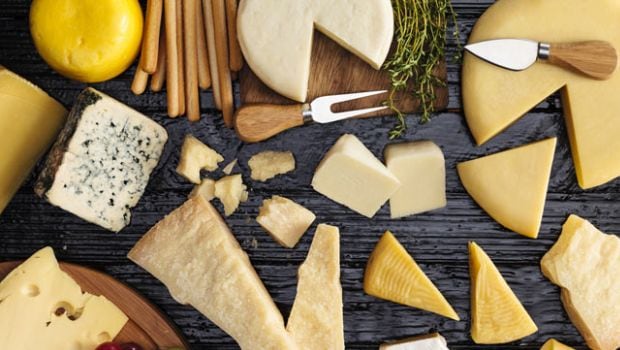Imagine a pizza with loads of cheese oozing out, waiting to be eaten hot; mouthwatering, isn’t it? We all love and adore cheese, however, have you ever wondered what kind of cheese do you consume and how different is it from the other cheeses? Did you know there are about 10-11 types of processed cheese, half of which we haven’t even heard of or consumed in our lifetime. All cheese are not the same; they are processed and assorted in different ways. If you think that you have been consuming natural cheese till now, you may be wrong! Natural cheese and processed cheese are two different sets of cheese that have a completely different evolution. Not sure yet? Read on to know everything about processed cheese and natural cheese. Let us first understand what is natural cheese. Natural cheese is made of products using only simple and natural ingredients including fresh high quality milk, salt, enzymes and natural colors. The major differences between processed and natural cheese are that natural cheeses have the whey (watery part of the milk) pressed out of them, while processed cheese does not; and processed cheese has a longer shelf life as compared to natural cheese.

What is Processed Cheese?Processed cheese is basically made from natural cheese; however, it varies in degree and sharpness of flavour. It is a product made from cheese, emulsifiers (two insoluble liquids), sodium citrate, calcium phosphate, sorbic acid (preservative), enzymes, cheese culture, vitamin D3, milk fat, extra salt, saturated vegetable oils, whey and artificial food colourings. Generally, to make processed cheese, a portion of natural cheese is melted, emulsified and held together with preservatives, artificial ingredients and double the amount of salt used than that of natural cheese. It is then poured and reformed in to various other forms of cheese products.
Here are some of the processed cheese that you may or may not have heard of before: • Brie cheese
• Camembert
• Brick cheese
• Muenster cheese
• Stilton cheese
• Cheddar cheese
• Blue cheese
• Mozzarella cheese
• Swiss cheese
• Parmesan cheese
• Gorgonzola cheese

How is Cheese Processed?1. The basic ingredient to make cheese is rich milk. The milk is then split until enough lactic acid has formed to make a particular cheese. Milk contains bacteria that produce lactic acid, which further helps the milk to convert into curd. Depending on the type of cheese being produced, the ripening milk is then heated. 2. The next step involves adding animal or vegetable rennet to the milk, which is milk-clotting enzyme to coagulate the milk to form a custard-like mass. 3. As the curd becomes harder, it is then cut into small pieces to begin the process of separating whey from the curd. The bigger pieces of curd are then cooked at lower temperatures yielding cheese like Ricotta and Mascarpone. On the other hand, the curds cut smaller are cooked at higher temperature forming cheese like Parmesan and Romano. 4. Edible yet inferior cheese is made into processed cheese like Emmental (Swiss), Gruyere, Colby or Cheddar. They can be sliced or finely grated. This finely ground cheese is mixed with ingredients like salt, emulsifiers, flavours, preservatives and fillers. The mixture is then heated under controlled conditions. While warm and soft, the cheese is then cut and molded into the required type. 5. Curds are aged according to the type of cheese one is preparing. Curing is a process of naturally aging cheese under controlled temperatures that helps develop its flavour and texture.

Processed Cheese Vs Natural Cheese- Which One Takes the Cake?Processed cheese consists of emulsifiers and food colouring and other substitutes that may prove to be harmful for your body. Natural cheese on the other hand is the purest form of processed milk and may not be harmful for the body as it does not contain any chemical or preservative to keep it fresh. Processed cheese has a longer shelf than natural cheese, majorly because the latter has a large amount of salt and preservatives to keep it fresh. It is recommended that both processed and natural cheese is good only if eaten within limits. Processed cheese is generally consumed in fast foods; hence it is imperative to take care of the amount of fast foods you eat. More on Processed Cheese1. It is Super Fattening - Processed cheese, especially the hard ones are high on calories and salt. Regular consumption can lead to hypertension and obesity. If you are looking at losing weight, processed cheese might not be the food you would like to consume. 2. Contribute to High Blood Pressure- Due to the presence of high amounts of salt preservatives, hard processed cheese tend to work up on your blood pressure. You can consume soft cheese that is less in calories and salt to prevent high blood pressure. 3. Not So Heart Friendly- Cheese may not be good for your heart health as it contributes to bad cholesterol and leads to various heart diseases.
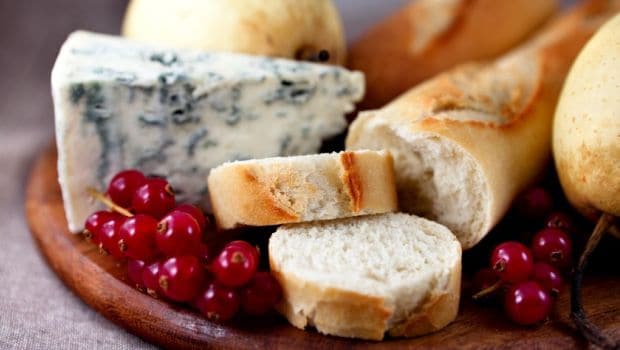
What is Processed Cheese?Processed cheese is basically made from natural cheese; however, it varies in degree and sharpness of flavour. It is a product made from cheese, emulsifiers (two insoluble liquids), sodium citrate, calcium phosphate, sorbic acid (preservative), enzymes, cheese culture, vitamin D3, milk fat, extra salt, saturated vegetable oils, whey and artificial food colourings. Generally, to make processed cheese, a portion of natural cheese is melted, emulsified and held together with preservatives, artificial ingredients and double the amount of salt used than that of natural cheese. It is then poured and reformed in to various other forms of cheese products.
Here are some of the processed cheese that you may or may not have heard of before: • Brie cheese
• Camembert
• Brick cheese
• Muenster cheese
• Stilton cheese
• Cheddar cheese
• Blue cheese
• Mozzarella cheese
• Swiss cheese
• Parmesan cheese
• Gorgonzola cheese
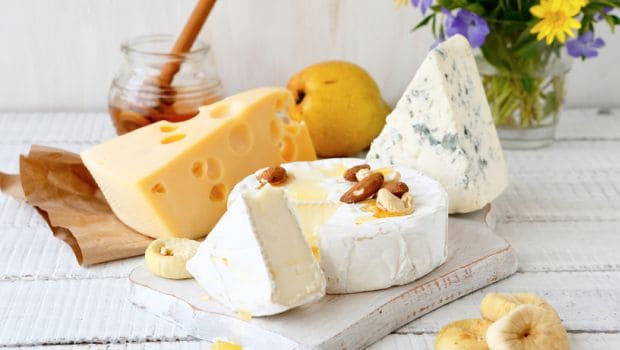
How is Cheese Processed?1. The basic ingredient to make cheese is rich milk. The milk is then split until enough lactic acid has formed to make a particular cheese. Milk contains bacteria that produce lactic acid, which further helps the milk to convert into curd. Depending on the type of cheese being produced, the ripening milk is then heated. 2. The next step involves adding animal or vegetable rennet to the milk, which is milk-clotting enzyme to coagulate the milk to form a custard-like mass. 3. As the curd becomes harder, it is then cut into small pieces to begin the process of separating whey from the curd. The bigger pieces of curd are then cooked at lower temperatures yielding cheese like Ricotta and Mascarpone. On the other hand, the curds cut smaller are cooked at higher temperature forming cheese like Parmesan and Romano. 4. Edible yet inferior cheese is made into processed cheese like Emmental (Swiss), Gruyere, Colby or Cheddar. They can be sliced or finely grated. This finely ground cheese is mixed with ingredients like salt, emulsifiers, flavours, preservatives and fillers. The mixture is then heated under controlled conditions. While warm and soft, the cheese is then cut and molded into the required type. 5. Curds are aged according to the type of cheese one is preparing. Curing is a process of naturally aging cheese under controlled temperatures that helps develop its flavour and texture.
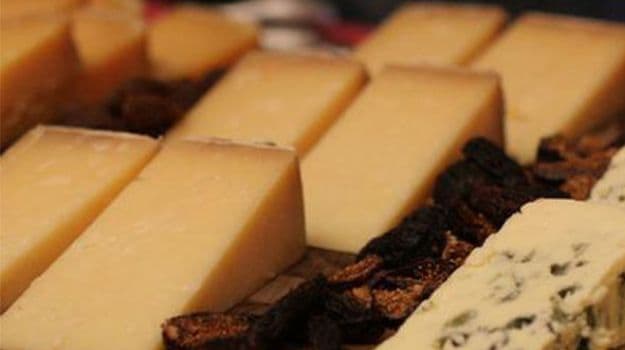
Processed Cheese Vs Natural Cheese- Which One Takes the Cake?Processed cheese consists of emulsifiers and food colouring and other substitutes that may prove to be harmful for your body. Natural cheese on the other hand is the purest form of processed milk and may not be harmful for the body as it does not contain any chemical or preservative to keep it fresh. Processed cheese has a longer shelf than natural cheese, majorly because the latter has a large amount of salt and preservatives to keep it fresh. It is recommended that both processed and natural cheese is good only if eaten within limits. Processed cheese is generally consumed in fast foods; hence it is imperative to take care of the amount of fast foods you eat. More on Processed Cheese1. It is Super Fattening - Processed cheese, especially the hard ones are high on calories and salt. Regular consumption can lead to hypertension and obesity. If you are looking at losing weight, processed cheese might not be the food you would like to consume. 2. Contribute to High Blood Pressure- Due to the presence of high amounts of salt preservatives, hard processed cheese tend to work up on your blood pressure. You can consume soft cheese that is less in calories and salt to prevent high blood pressure. 3. Not So Heart Friendly- Cheese may not be good for your heart health as it contributes to bad cholesterol and leads to various heart diseases.
Advertisement




